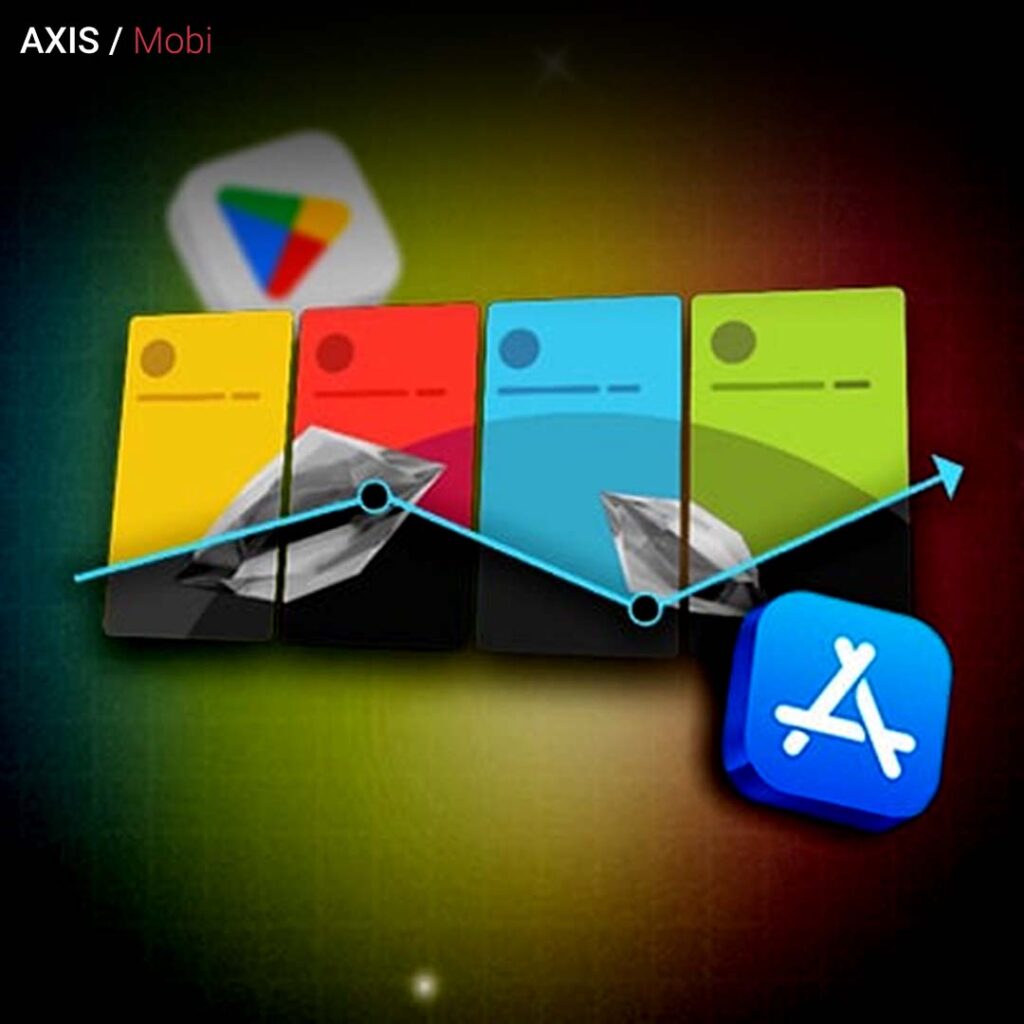In today’s hyper-competitive world of mobile apps, getting your app noticed and downloaded by users is a formidable challenge. With millions of apps available in app stores like Apple’s App Store and Google Play, having a great app alone is not enough. You need to employ effective App Store Optimization (ASO) strategies to improve your app’s visibility and drive organic downloads. In this comprehensive guide, we will explore the key strategies for achieving effective ASO and ensuring your app stands out in the crowded app marketplace.
Understanding App Store Optimization (ASO)

Before delving into the strategies, let’s start with a clear understanding of what ASO is and why it is crucial for your app’s success:
App Store Optimization (ASO) is the process of optimizing various elements of your app’s listing on app stores to improve discoverability, attract more users, and ultimately boost downloads. ASO involves optimizing elements such as the app title, keywords, app icon, screenshots, app description, and user reviews. The primary goal is to increase your app’s visibility in search results and category rankings, leading to more organic (unpaid) downloads.
Key ASO Strategies for App Success

To maximize your app’s potential, you need to implement a combination of ASO strategies. Here are the key strategies to effectively optimize your app’s presence in app stores:
1. Conduct Comprehensive Keyword Research
Strategy: Begin with thorough keyword research to identify the most relevant and high-performing keywords for your app. This involves understanding the keywords and phrases users are likely to use when searching for apps like yours.
Why It Matters: Keywords are the foundation of ASO. Choosing the right keywords ensures that your app appears in relevant search results, increasing its discoverability.
Best Practices: Utilize ASO tools like App Annie, Sensor Tower, or Mobile Action to find keywords that strike a balance between relevance and search volume. Consider long-tail keywords for less competition and more targeted traffic.
2. Optimize Your App Title
Strategy: Craft a compelling app title that includes your primary target keyword. The title should be concise, memorable, and accurately reflect your app’s core functionality.
Why It Matters: The app title is one of the most critical ASO elements. It significantly impacts your app’s search rankings and is the first thing users see when they come across your app.
Best Practices: Prioritize keyword placement in the app title while maintaining readability. If your app is associated with a well-known brand, consider placing the brand name at the beginning of the title.
3. Create an Eye-Catching App Icon
Strategy: Design an app icon that is visually appealing, relevant to your app’s core function, and memorable. Your app icon is the first impression users have of your app.
Why It Matters: An eye-catching app icon can pique users’ interest and encourage them to explore your app further.
Best Practices: Keep the icon design simple and easy to understand. Ensure that it stands out on various devices and backgrounds. Consistency in visual branding is essential.
4. Optimize Visual Assets (Screenshots, Videos)
Strategy: Use high-quality screenshots and videos that showcase your app’s key features and benefits. Visual assets play a significant role in conveying your app’s value.
Why It Matters: Visuals are powerful tools for attracting users and giving them a preview of what your app offers. They can greatly influence conversion rates.
Best Practices: Arrange your screenshots to tell a story of how users can benefit from your app. Incorporate captions or annotations to highlight key features.
5. Write a Compelling App Description
Strategy: Craft an engaging app description that highlights your app’s core features, benefits, and what sets it apart from competitors.
Why It Matters: The app description provides users with essential information and persuades them to download your app. A well-crafted description can influence conversion rates.
Best Practices: Start with a hook that captures users’ attention. List key features using bullet points for easy scanning. Use relevant keywords naturally, and avoid keyword stuffing.
6. Leverage User Reviews and Ratings
Strategy: Encourage satisfied users to leave positive reviews and high ratings for your app. Address negative reviews promptly and constructively.
Why It Matters: Positive reviews and high ratings improve your app’s reputation and trustworthiness, positively impacting its ranking.
Best Practices: Prompt users to leave reviews within the app, but do so unobtrusively. Engage with users by responding to reviews, both positive and negative, to show your commitment to improvement.
7. Regularly Update Your App
Strategy: Release regular app updates to fix bugs, introduce new features, and improve user experience. Consistently updated apps tend to perform better in rankings.
Why It Matters: Frequent updates signal to app stores that your app is active and responsive to user feedback. They also keep users engaged and satisfied.
Best Practices: Develop a regular update schedule and communicate with users by including informative release notes. Use updates to enhance your app’s metadata as well.
8. Implement A/B Testing
Strategy: Conduct A/B tests on different elements of your app store listing, such as visuals, descriptions, and keywords, to determine what resonates best with users.
Why It Matters: A/B testing provides data-driven insights that help you optimize your app’s store listing for better conversion rates.
Best Practices: Test one element at a time to isolate the impact of specific changes. Continuously analyze and iterate based on test results.
9. Optimize for Localized Markets
Strategy: Localize your app listing, including titles, descriptions, visuals, and even keywords, for different languages and regions to expand your global reach.
Why It Matters: Localization enhances your app’s discoverability and user appeal in specific markets. It shows that you understand and respect local preferences.
Best Practices: Use professional translation services for accurate translations. Adapt visuals to resonate with local cultures and preferences.
10. Monitor and Adapt
Strategy: Continuously monitor your app’s performance, user feedback, and keyword rankings. Stay informed about changes in app store algorithms and user behavior.
Why It Matters: Regular monitoring allows you to identify issues, measure the impact of your ASO efforts, and adapt to changing circumstances.
Best Practices: Utilize ASO tools and analytics platforms to track performance metrics, and be prepared to adjust your strategy based on data-driven insights.
The Ongoing Journey of ASO

App Store Optimization is not a one-time task but an ongoing journey. The mobile app landscape is dynamic, with changing user preferences, evolving technology, and frequent updates to app store algorithms. To ensure your app remains competitive and continues to attract users, you must commit to continual optimization and adaptation.
By implementing the key ASO strategies outlined in this guide and staying vigilant in your efforts, you can enhance your app’s visibility, drive organic downloads, and ultimately achieve success in the highly competitive world of mobile apps. Remember that ASO is not only about getting users to download your app but also about delivering a valuable and engaging experience that retains and satisfies them in the long run.





Pingback: Data Driven Marketing Growth: Unlock Business Success